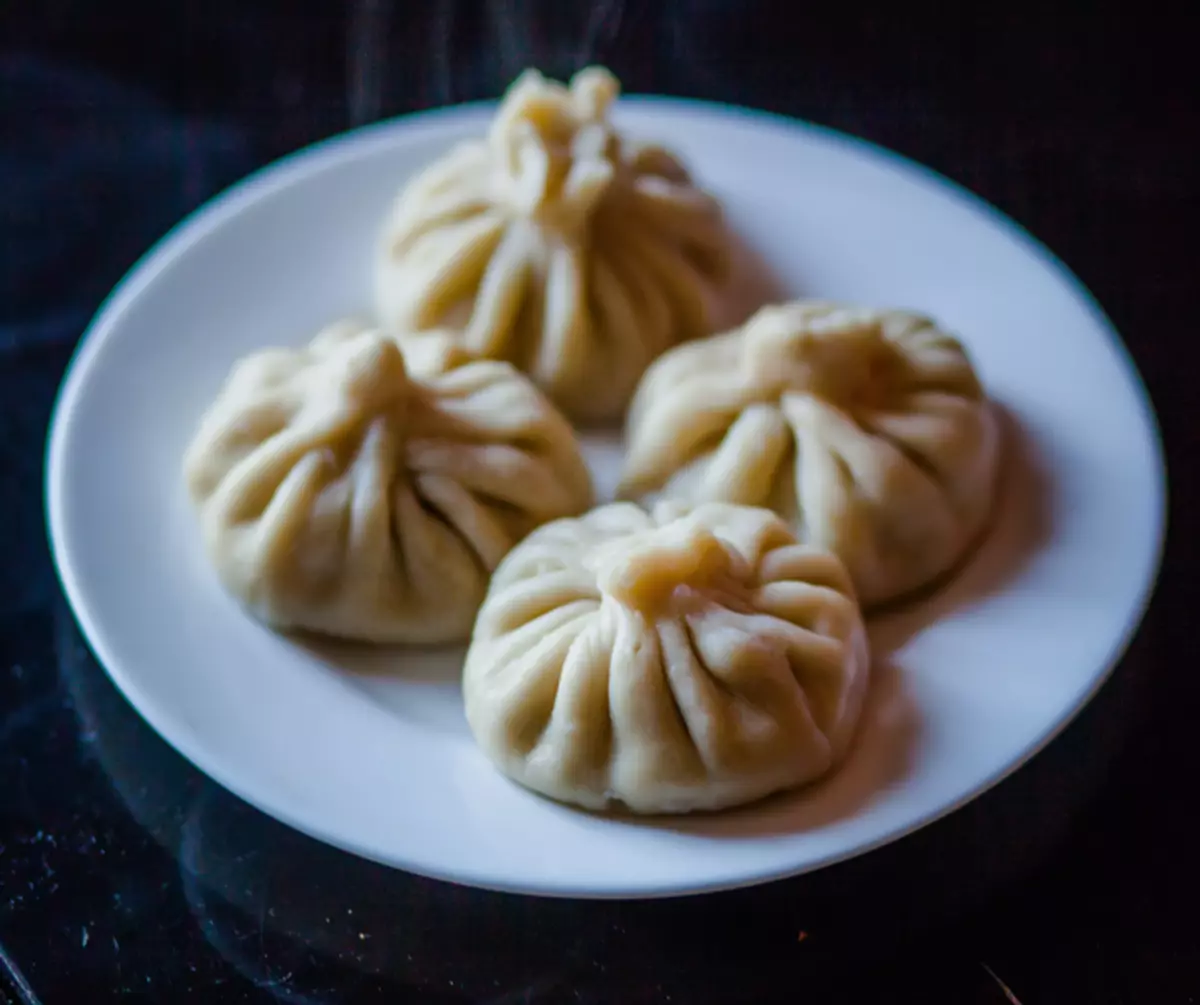The name of the KVN team "Ural dumplings" is not just a funny phraseology, but an illustration of a popular theory that traditional Russian dumplings were invented in the Urals. At least, the historian-Scandinavist William Pokhlebkin, glorified by his works in the field of culinary anthropology, which later went to the basis of the book "National Kitchens of Our Peoples" later.
According to his research, massively sculpt dumplings in the Urals began at the end of the XIV century, which directly affected the names of local residents. Like, no wonder by the time of the founding of Yekaterinburg Pelmeniev and dumplings in the Perm province met as often as Ivanov and Sidorov. True, the residents of neighboring Udmurtia do not agree with a slender theory of the famous historian. They are confident that dumplings are their primordial invention, and as evidence it appeal to the etymology: the name of the well-beloved dishes comes from the Udmurt language, and means "bread ear".

Although historians have not yet found out what people the first thought to sculpt dumplings, most believe that it is necessary to watch China
Photo: pexels.com.
Chinese gram
Although historians have not yet found out what people the first thought to sculpt dumplings, the majority believes that it is necessary to watch China. Jiaoces were considered a national dish in the days of the Han dynasty, which ruled in the second century BC. With her type of Jiaoice resembled dumplings, and today they are most often started with a mixture of pork mince and fine cabbage. The name of the delicacy into Russian is translated as "horn", but it was not always. In the old days they were called "delicate ears", because, according to legend, the recipe for dishes came up with Dr. Zhang Zhongjin, who found that the true cause of frostbite of the poor were not lightweight clothing, but a poor nutrition.
By the way, today it is believed that the use of Jiaocenes to the Chinese New Year brings wealth, sometimes invested in a coin on happiness. Similar magical properties are attributed to Vontonam - another variety of dumplings, which also appeared in the Han Dynasty during the time. Instead of meat, the wintons often begin with shiitake mushrooms and young bamboo stems, they are served on the table in the broth with noodles.

Korean Mandans can be used as a bird with pork and seafood, vegetables or tofu. The dish was brought to the country from China in the XIV century
Photo: pexels.com.
Stand in pose
It is curious that Buryat and Mongolian postures (they are also bucks) - also another rethinking of Chinese gastronomic traditions. More precisely, Baojez dishes invented at the junction of the II and III of the century by the military and statesman Zhoughe Lian. True, he will make his invention to Manto, but today the ordinary steam buns are called so called so-called. By the way, the Chinese consider Baozima not an analogue of dumplings, and cooked with a couple of patty, which is reflected in the filling. It can be both meat and vegetable, and even sweet, for example, with sesame or pacles of beans. It is worth saying that in this question, Buryats with the Mongols of the Chinese do not understand at all. They make their poses only with chopped meat. The size of Buryat dumplings closer to Georgian chinkly: they are about five to eight centimeters in diameter, and there are hands. By the way, on the top of the posture, there are always thirty-three efforts that no accident: as many folds on the clothes of Buddhist monks.
Spiritual business
The dumplings are also found in Europe, but if in the Netherlands supermarkets you can find only frozen Indonesian Bapao - another interpretation of Chinese Baozimi, then the national german dish from Mopan. According to the legend, he was invented by the monks of the Maulbronn monastery, who wanted to pull meat from God during the post. It is interesting that today "stuffed cheeks" - this is exactly what the name is translated - it is often started in vegetarian: spinach, potato salad and onions, and in addition, the collaborates are necessarily present on the table in the Great Thursday and Good Friday.

Mantans - another culinary remake of Chinese Baojez. The major amount of mantans is explained by the fact that the dish was the imitation of human sacrifice to the spirits of the dead: It is not for nothing that its ancient name means "head of the manians"
Photo: pexels.com.
Love and poverty
The fundamental difference between Italian Ravioli and Tortellini from our dumplings is that when they smelting it is not raw, but pre-boiled and crushed to the state of minced meat. But externally Tortelni on his Russian fellow are more similar: the same form, only the size of miniature. A few legends are made about the occurrence of a dish, one romantic than the other. According to the first, they came up with a cook in love, decided to give a paste with a filling form of a navel his beloved. On the other, the creator of Tortellini was spying for the most goddess Venus and her navel. In reality, everything was more prosaic. Just working in the houses of rich sygnoras of the cook twisted in mince meat and fish squabbles from the Barskaya table and looked out of them an analogue of dumplings, which was then used in food. Meanwhile, in the XII century, Tortellini became one of the main Christmas dishes, and the Italians do not change the old tradition to this day.
